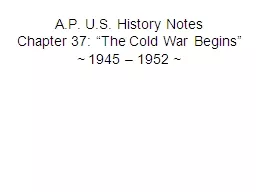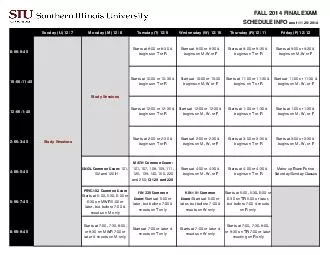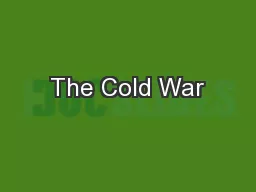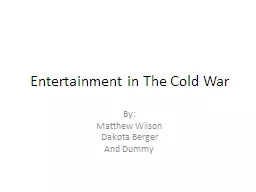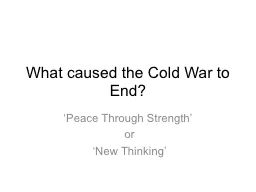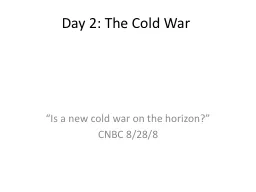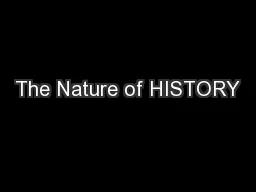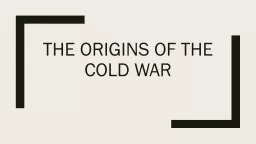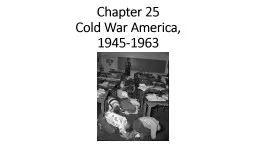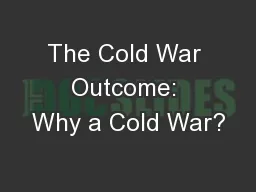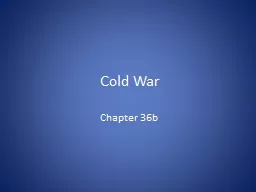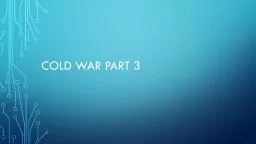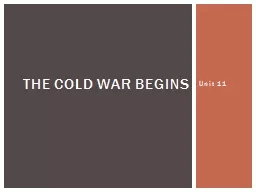PPT-A.P. U.S. History Notes Chapter 37: “The Cold War Begins”
Author : jane-oiler | Published Date : 2018-03-17
1945 1952 Postwar Economic Anxieties Americans feared another depression would hit after the war After the war inflation shot up with the release of price controls
Presentation Embed Code
Download Presentation
Download Presentation The PPT/PDF document "A.P. U.S. History Notes Chapter 37: “T..." is the property of its rightful owner. Permission is granted to download and print the materials on this website for personal, non-commercial use only, and to display it on your personal computer provided you do not modify the materials and that you retain all copyright notices contained in the materials. By downloading content from our website, you accept the terms of this agreement.
A.P. U.S. History Notes Chapter 37: “The Cold War Begins”: Transcript
Download Rules Of Document
"A.P. U.S. History Notes Chapter 37: “The Cold War Begins”"The content belongs to its owner. You may download and print it for personal use, without modification, and keep all copyright notices. By downloading, you agree to these terms.
Related Documents

